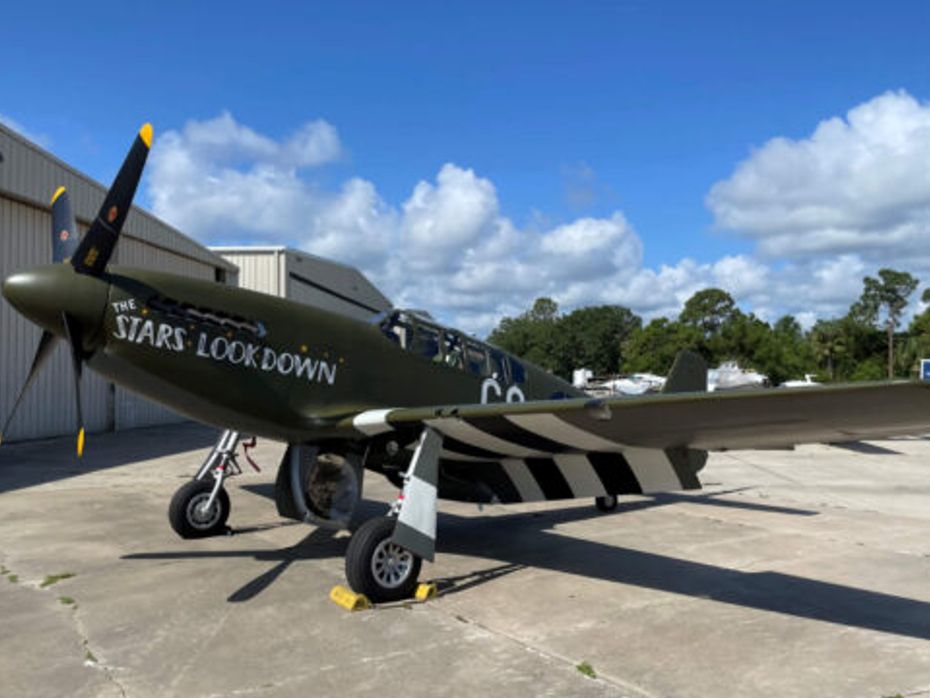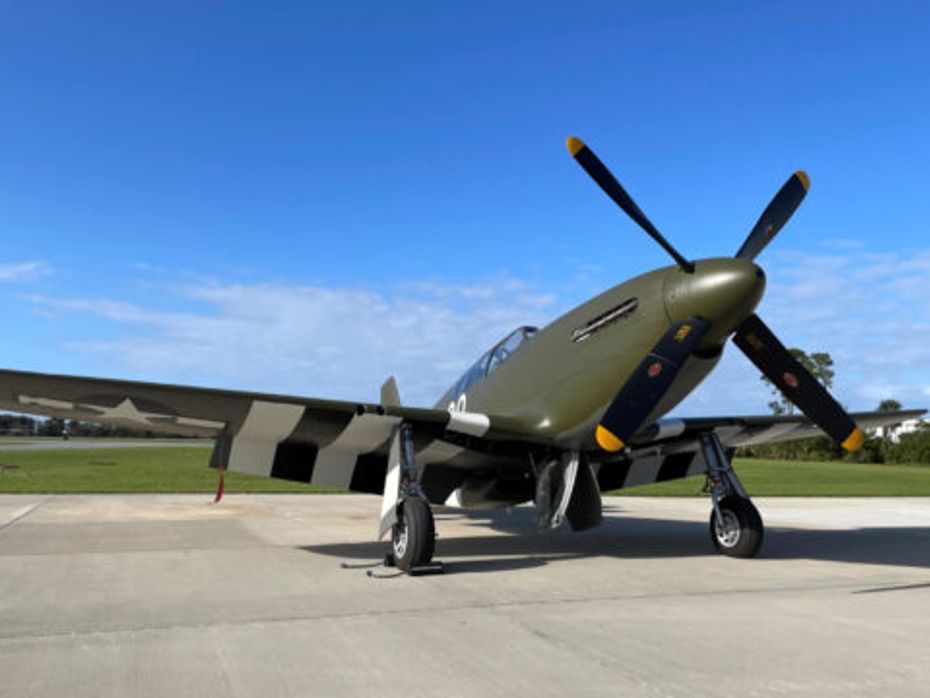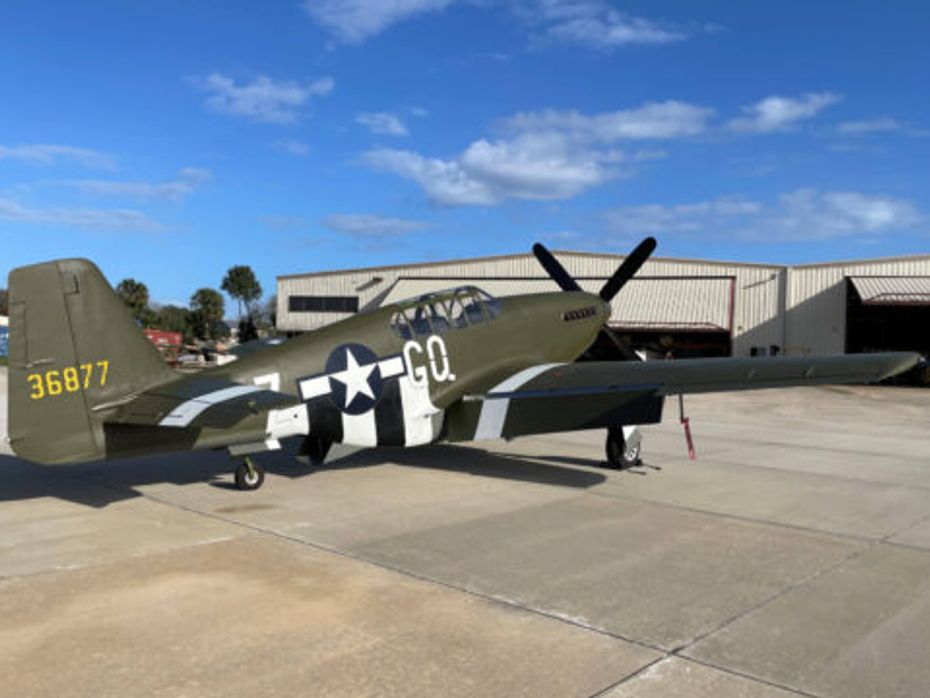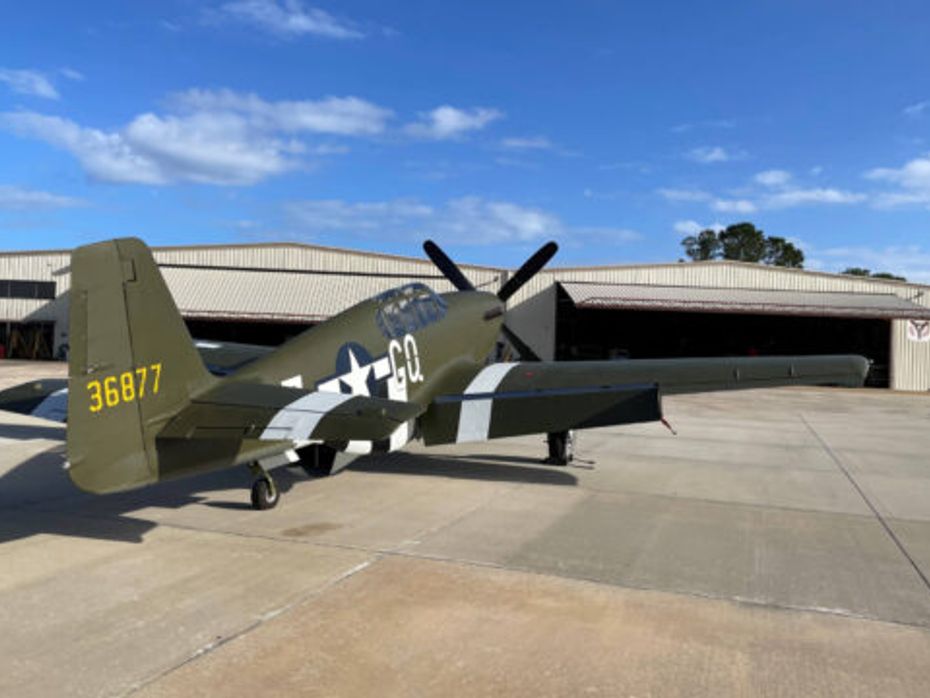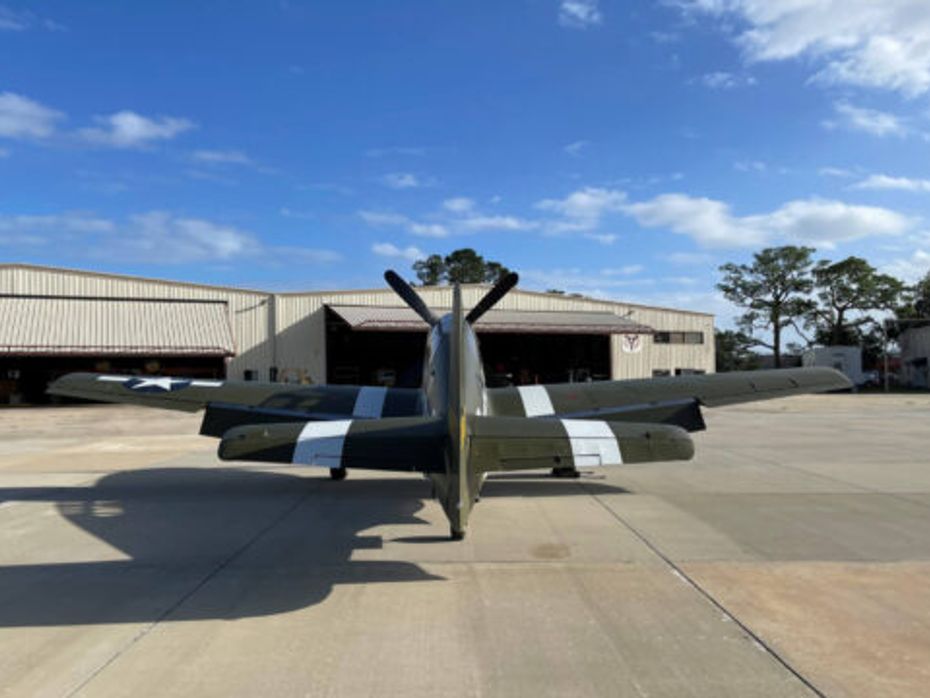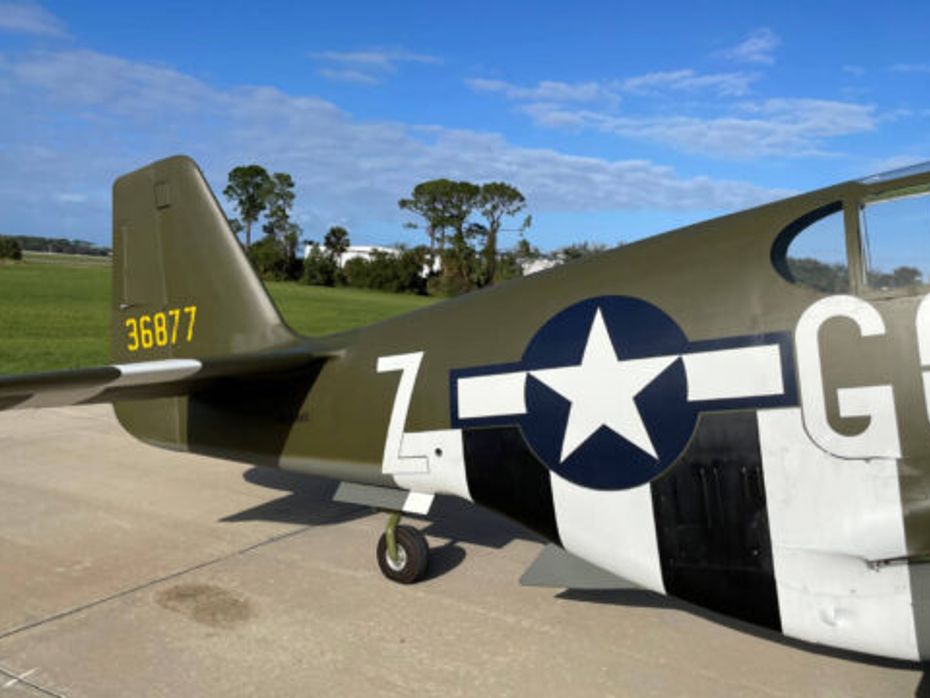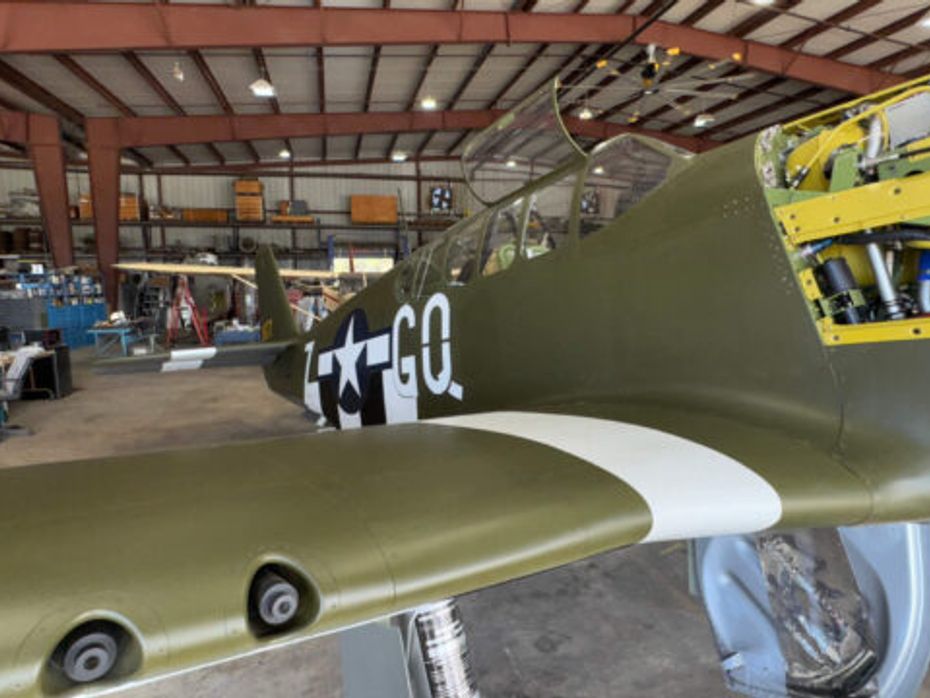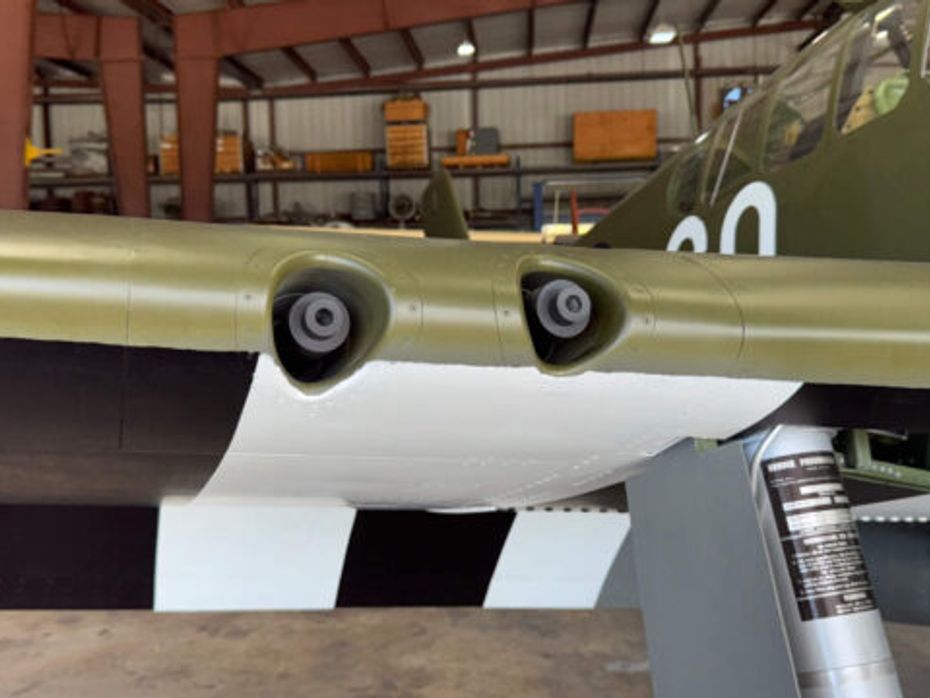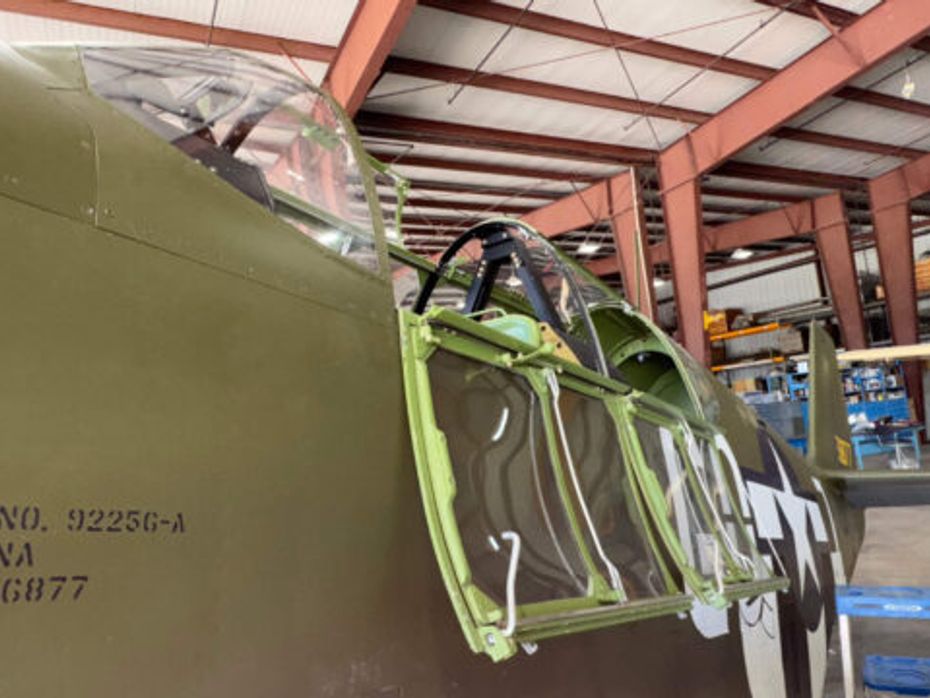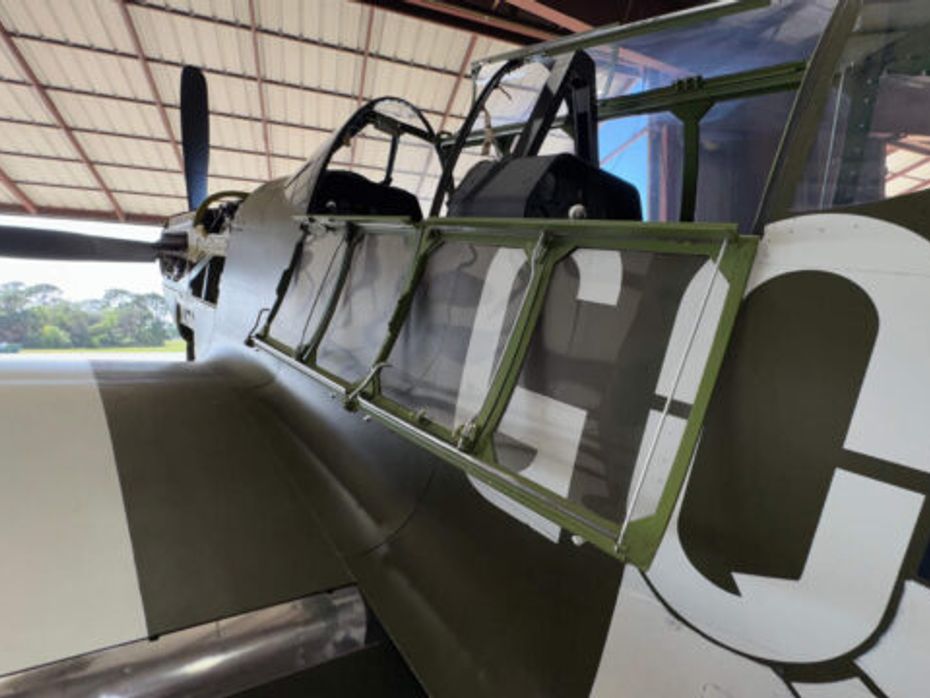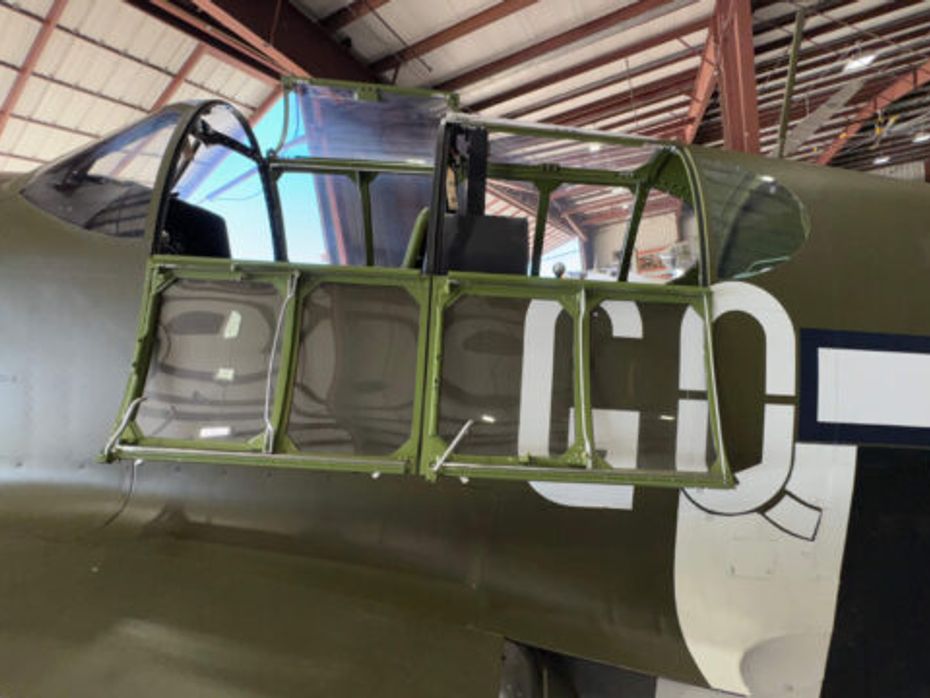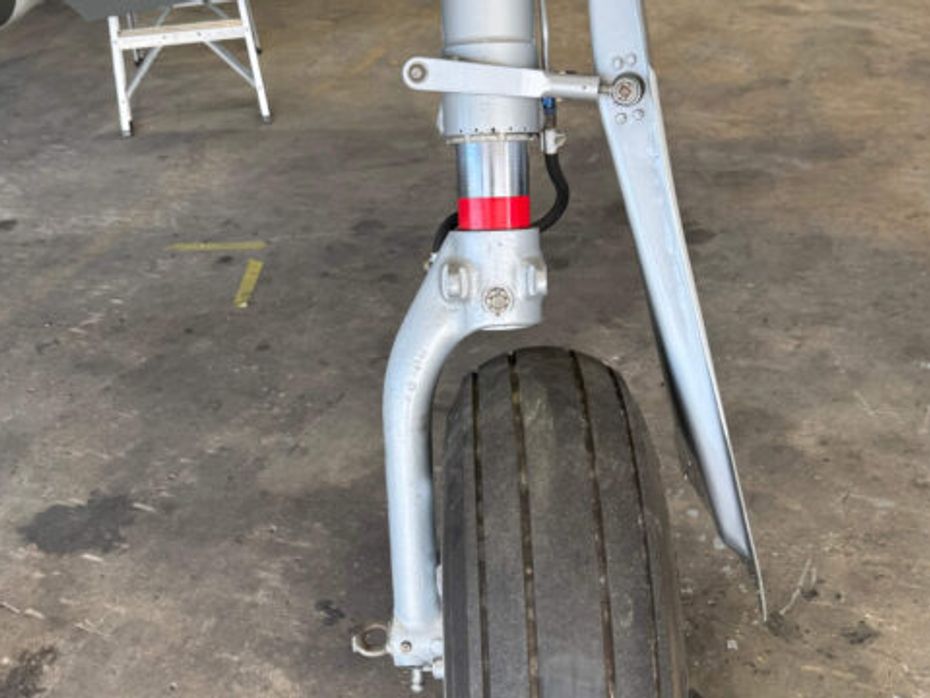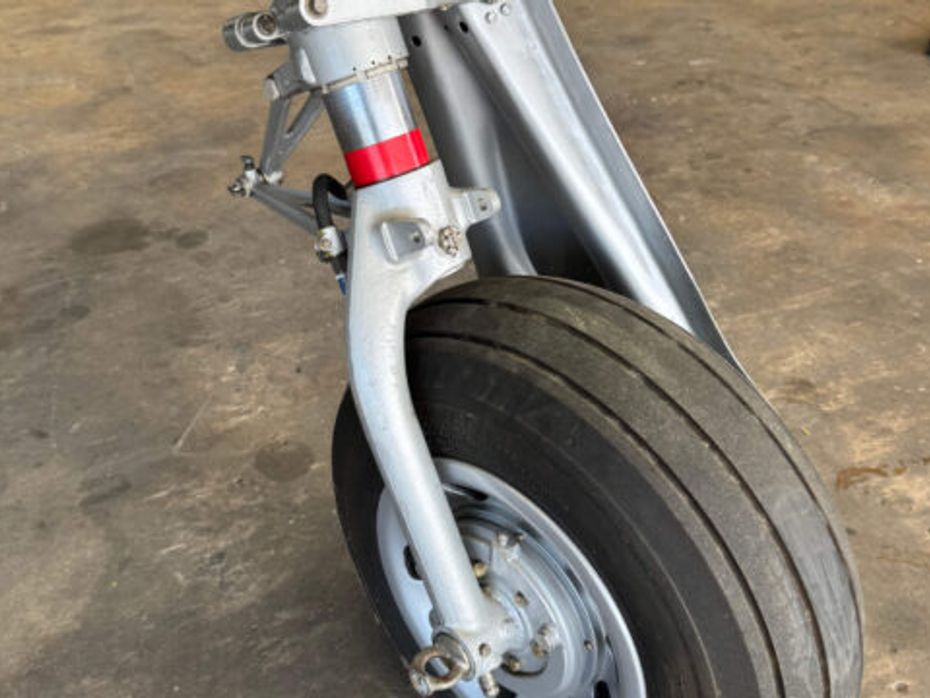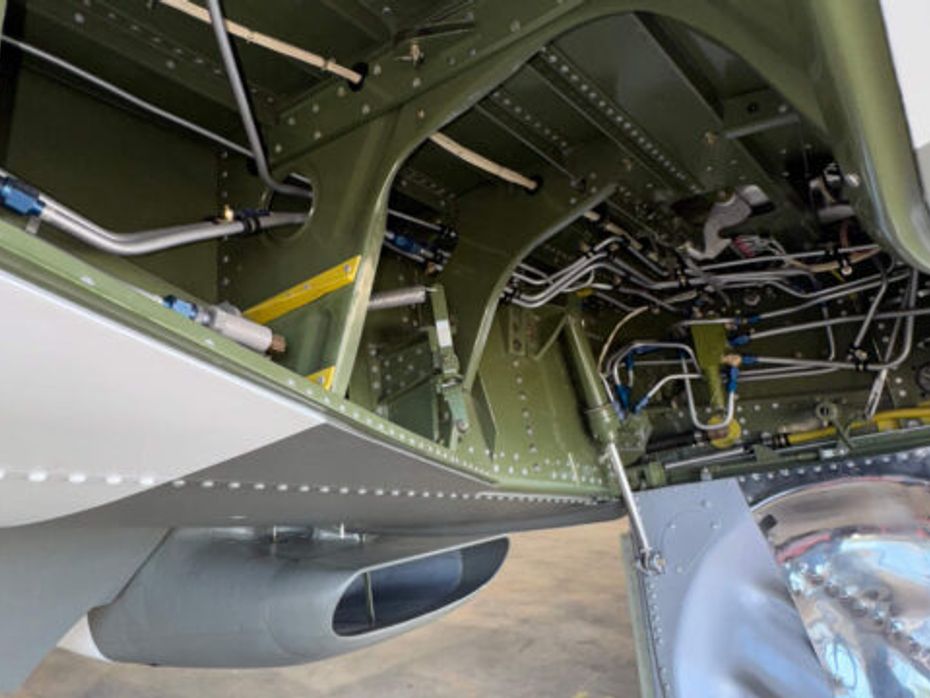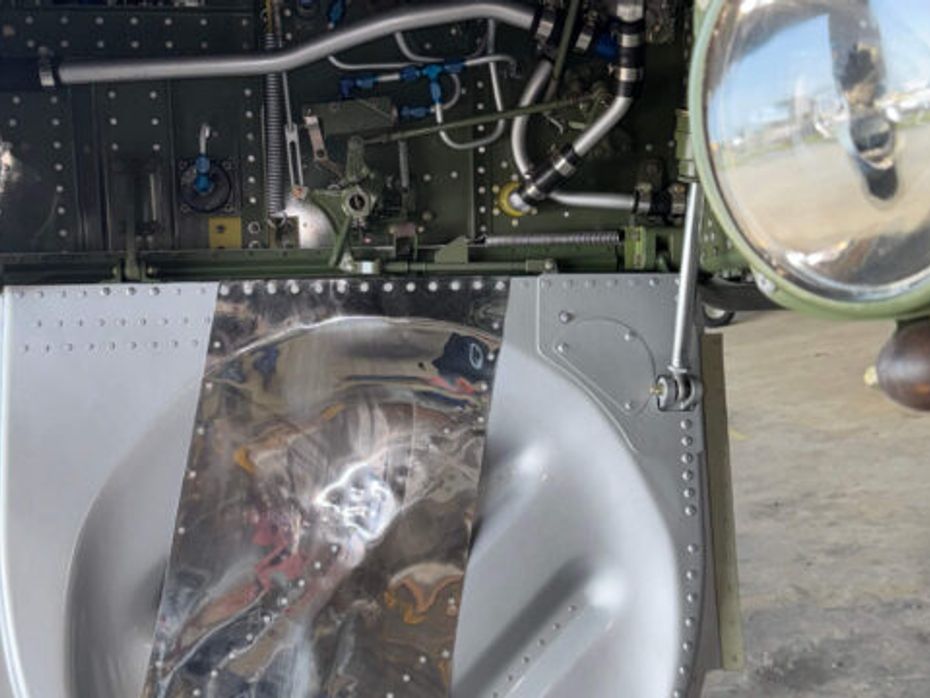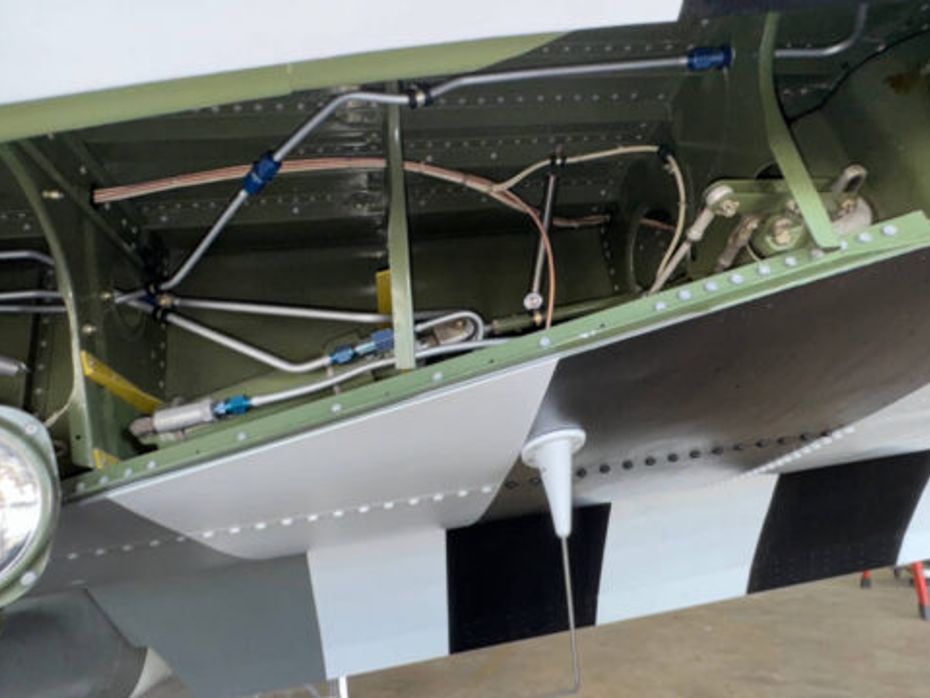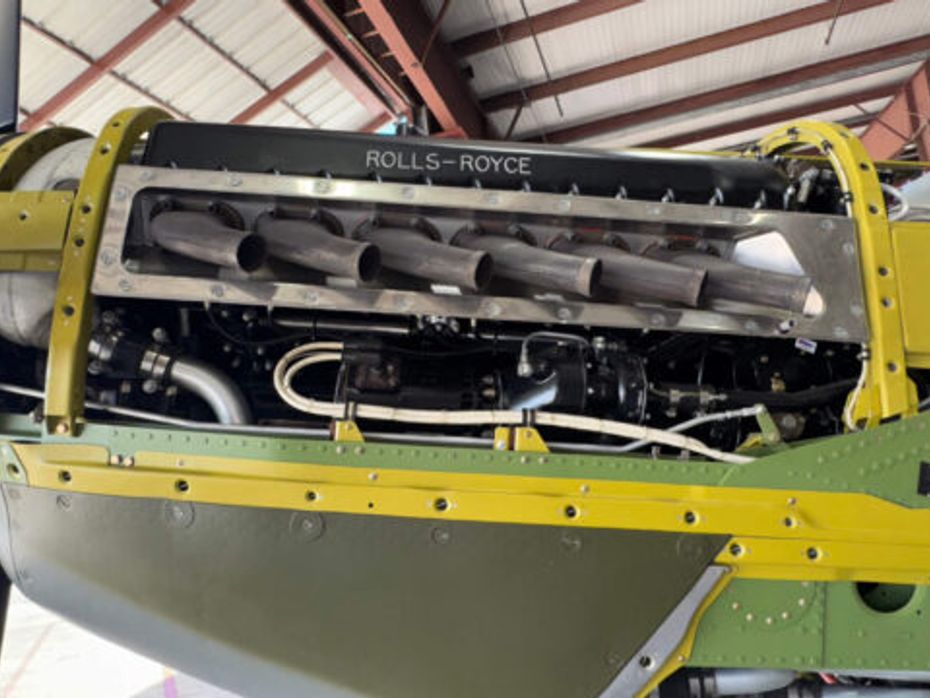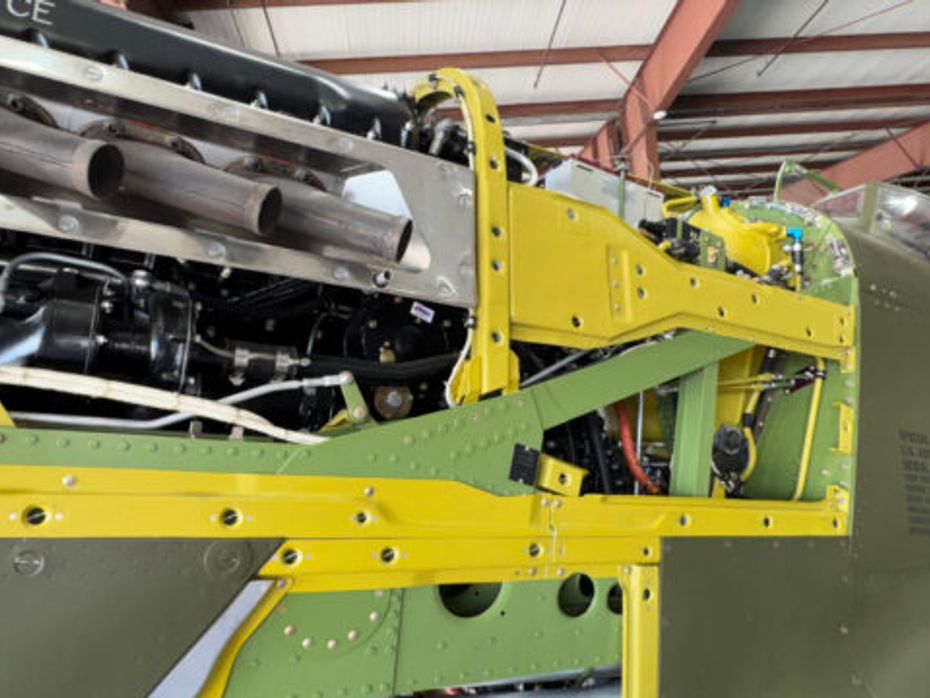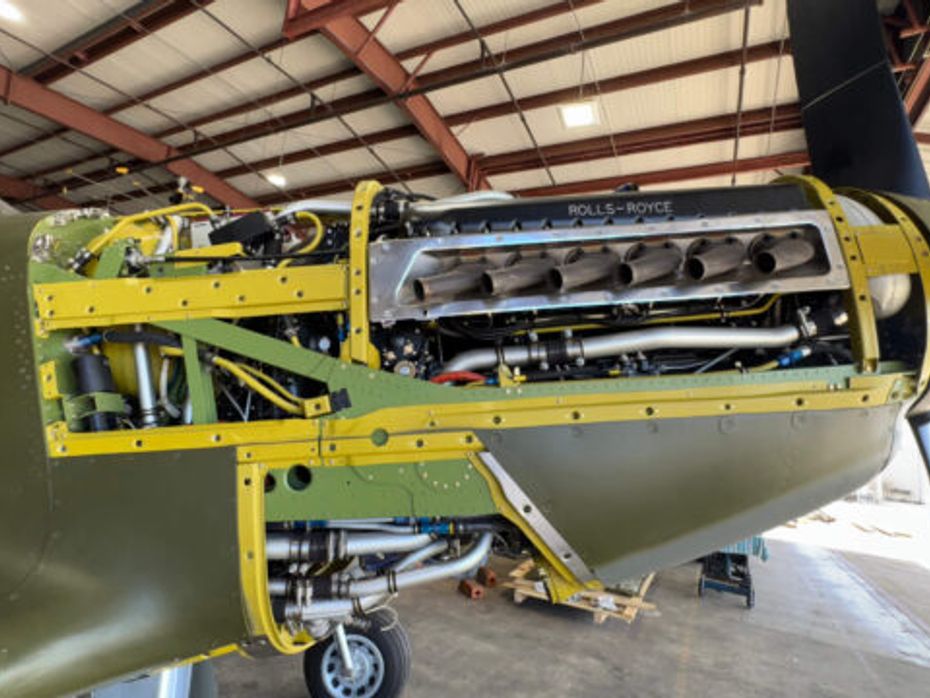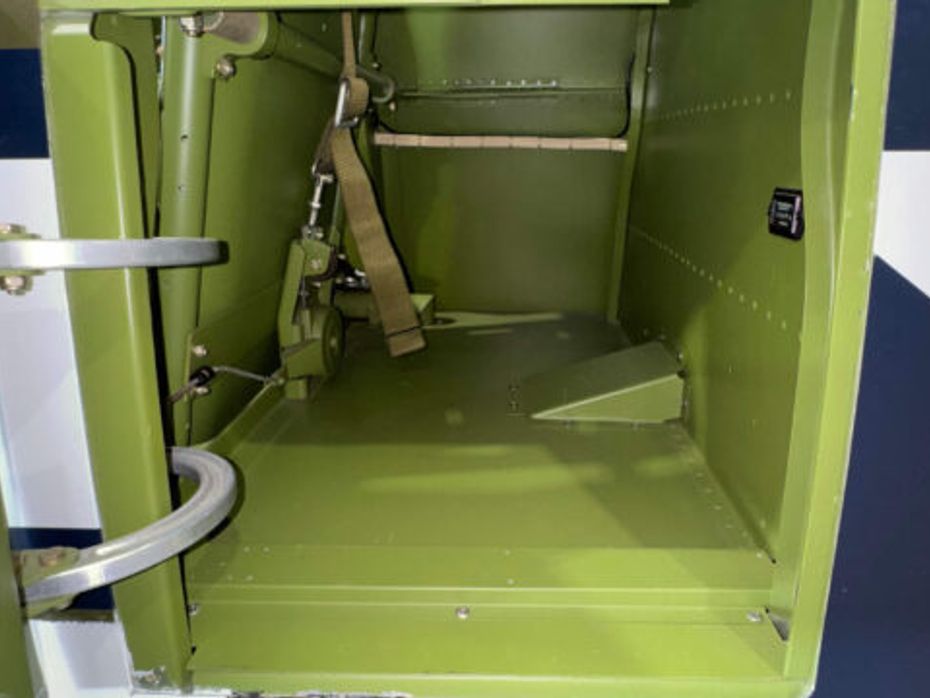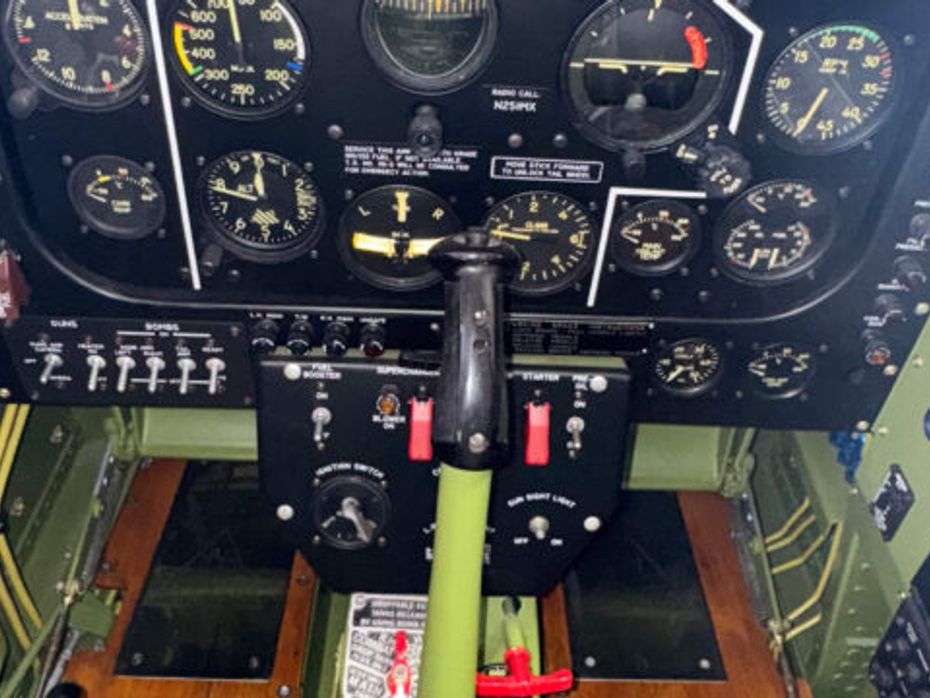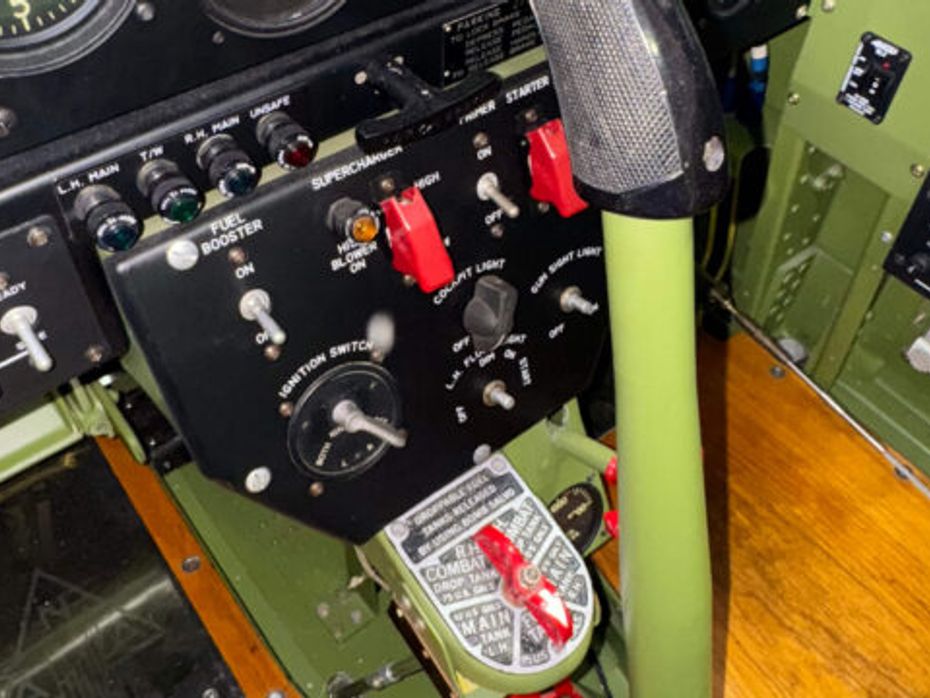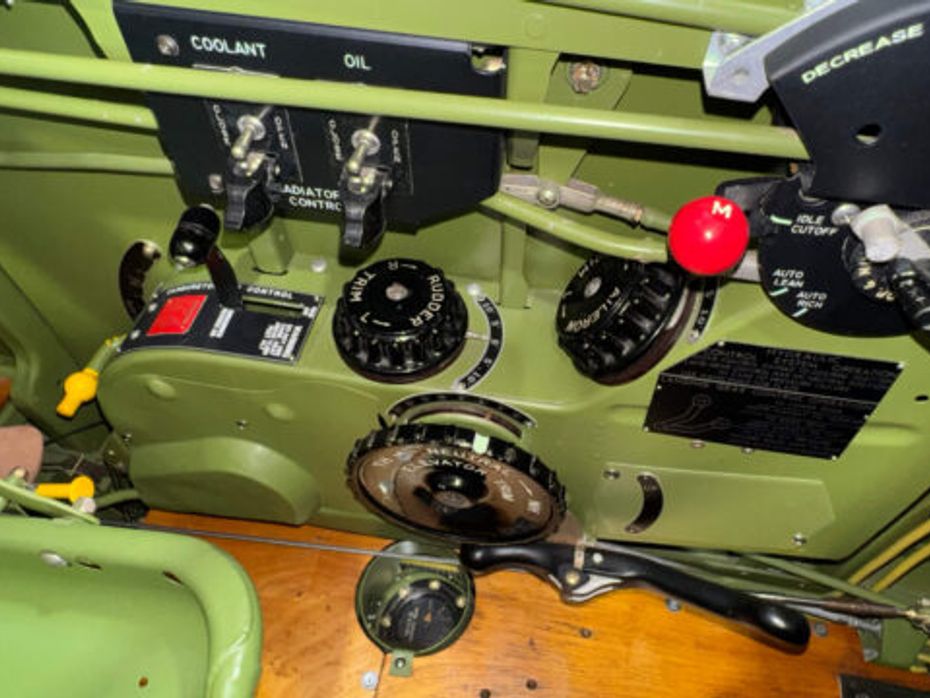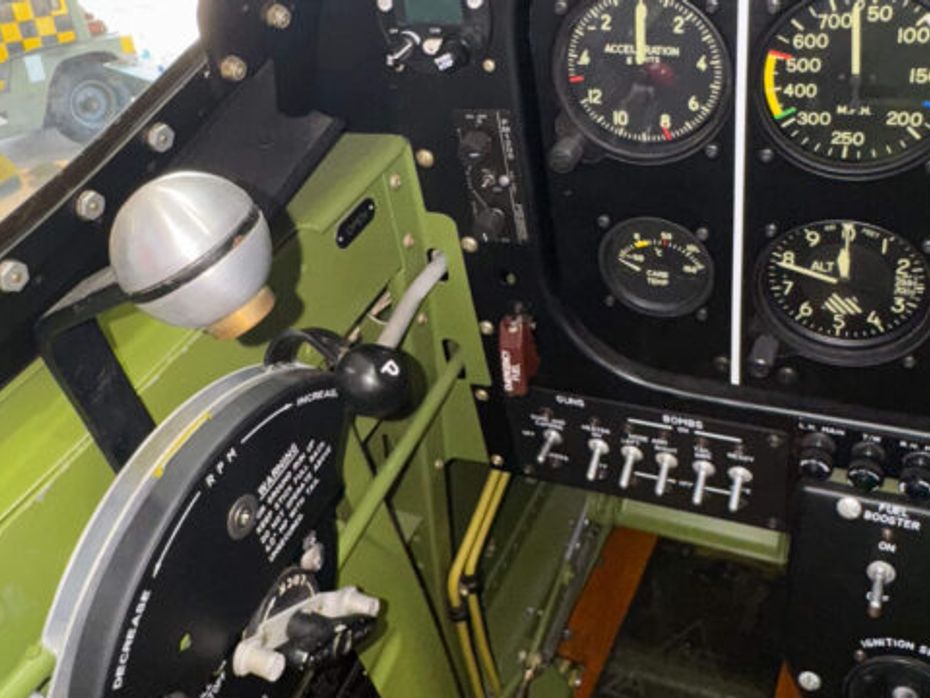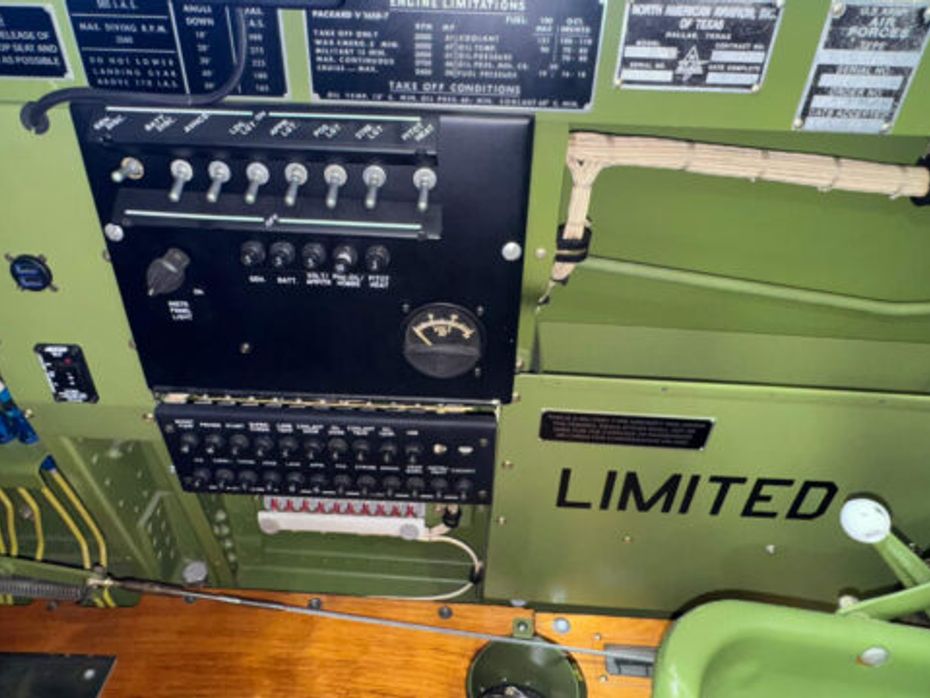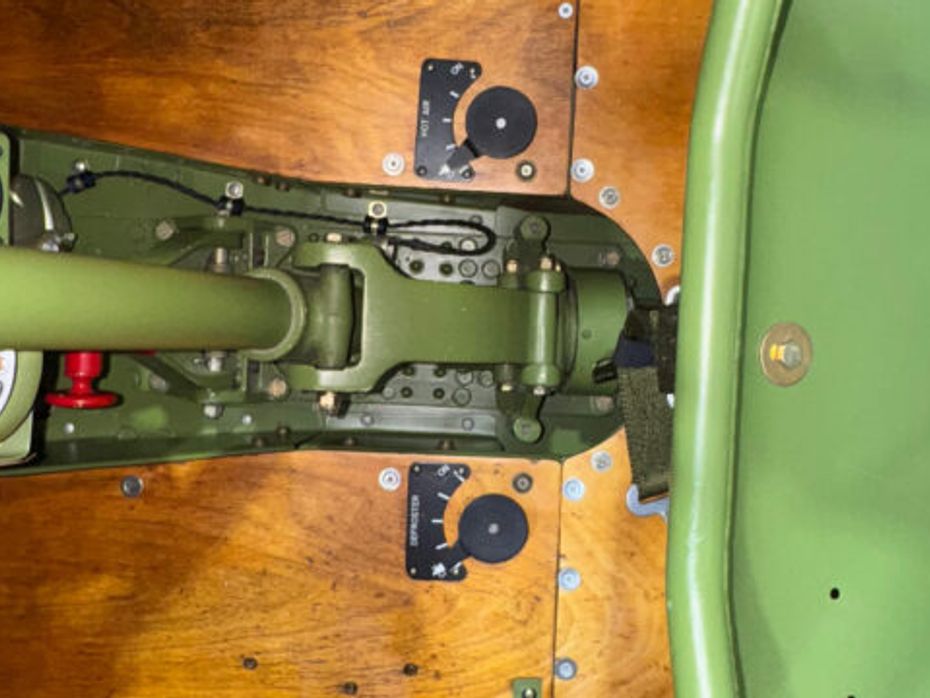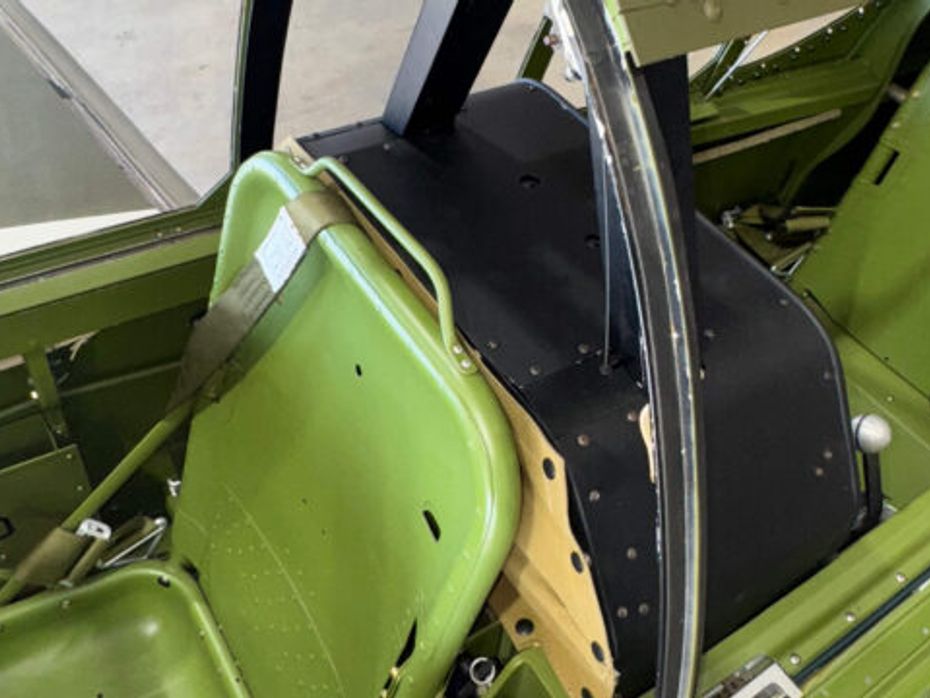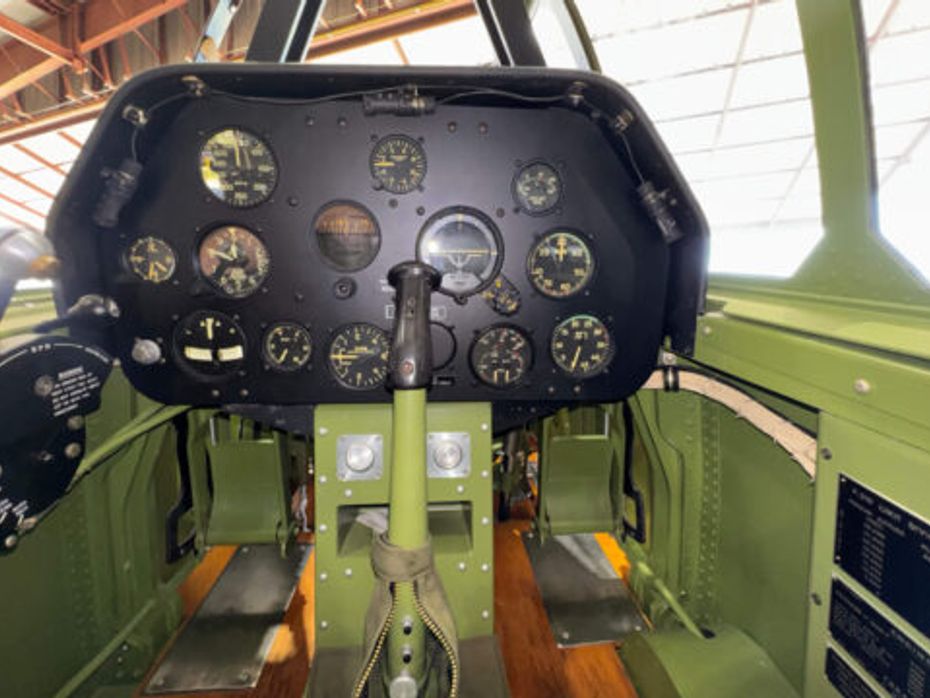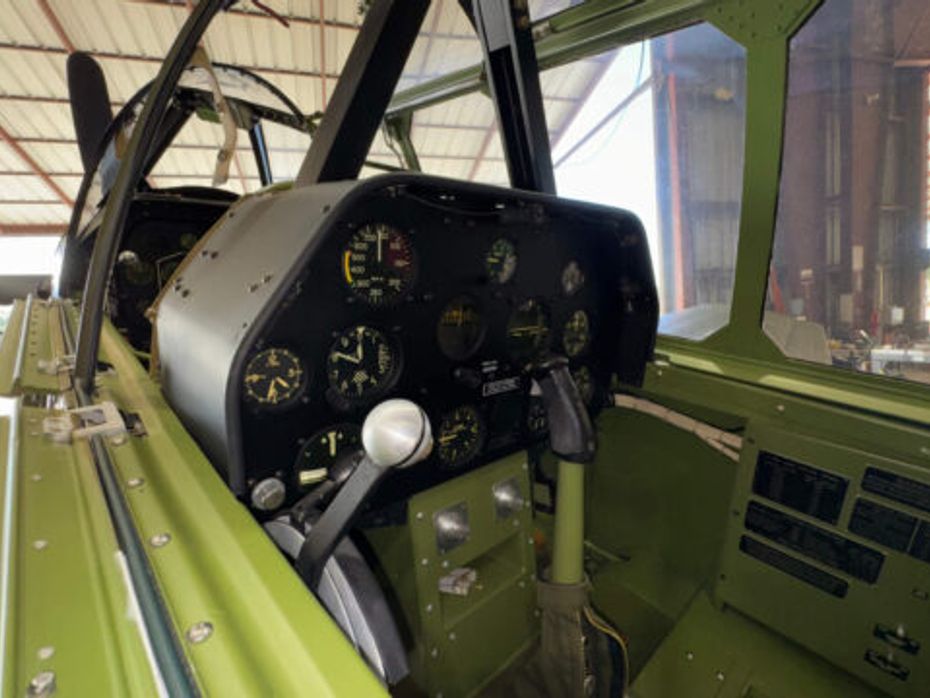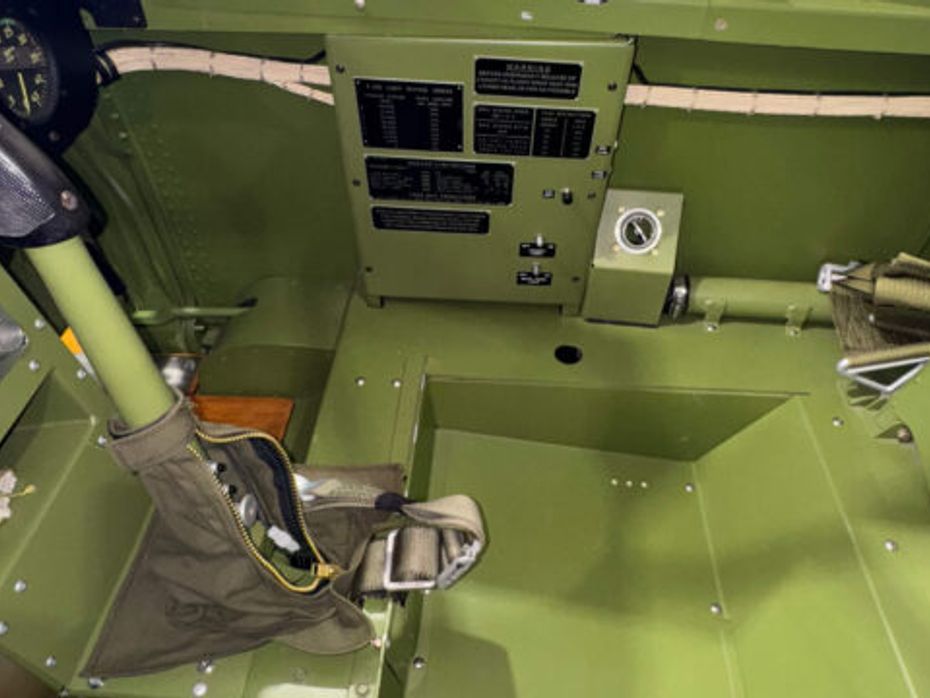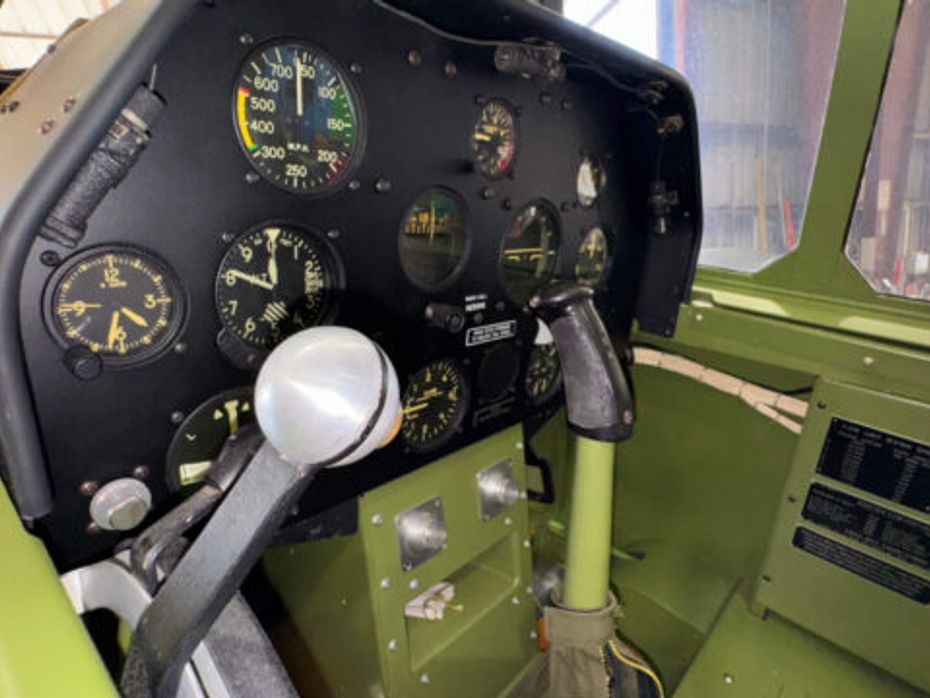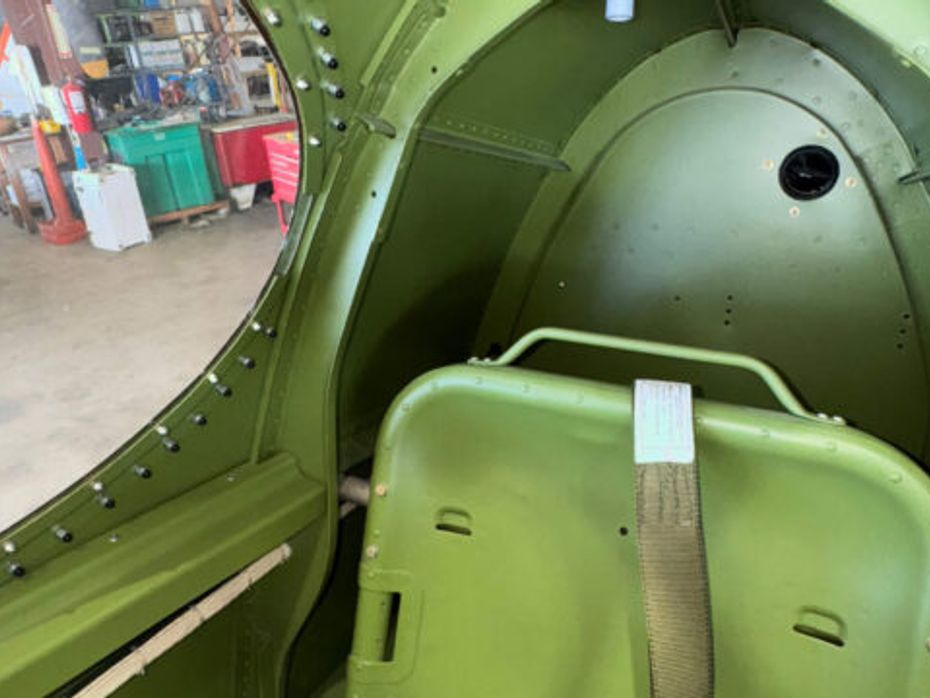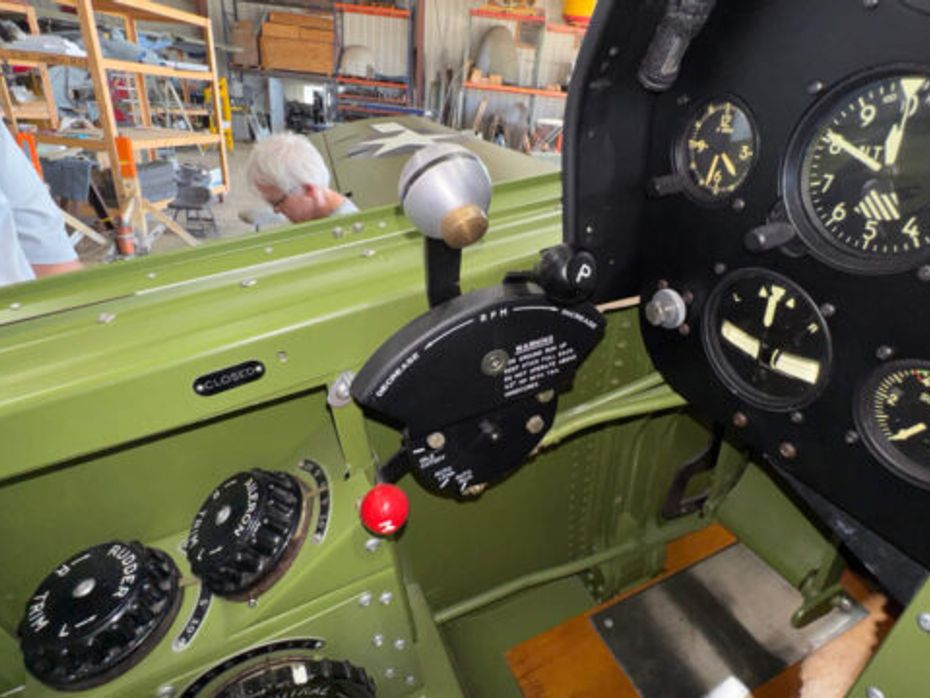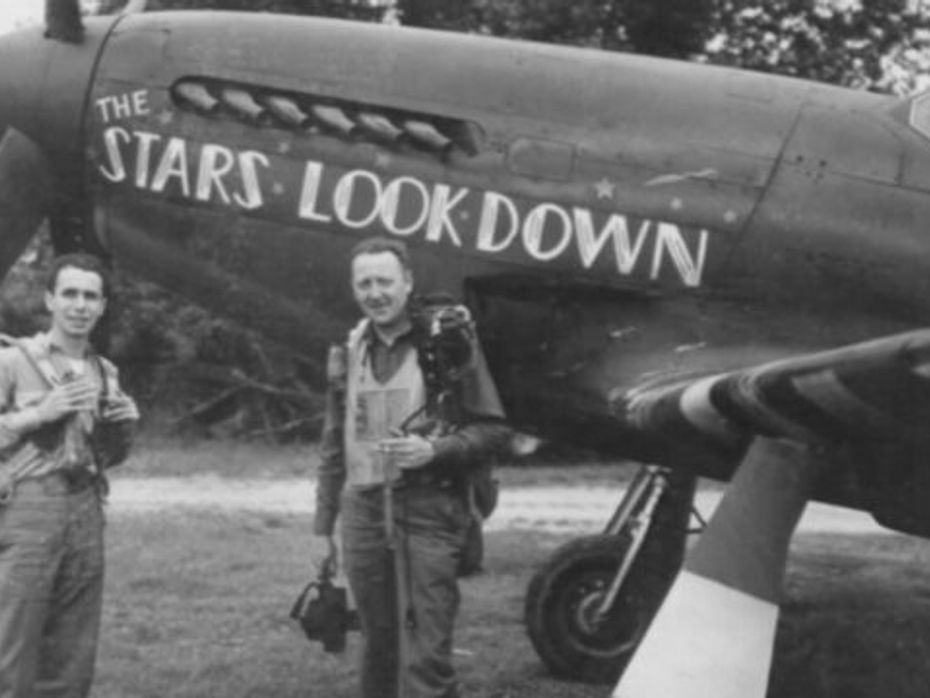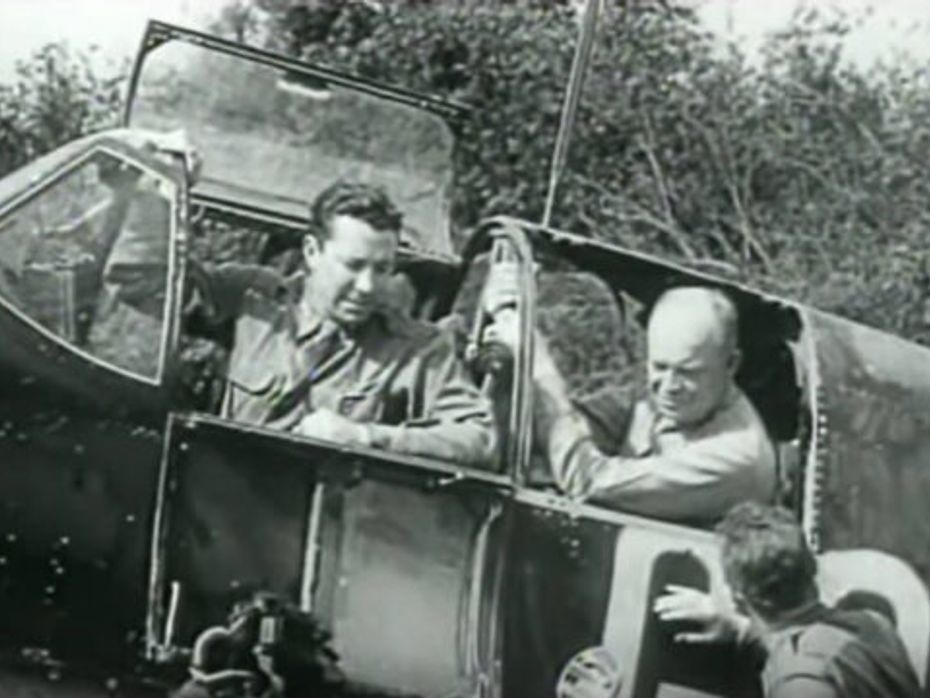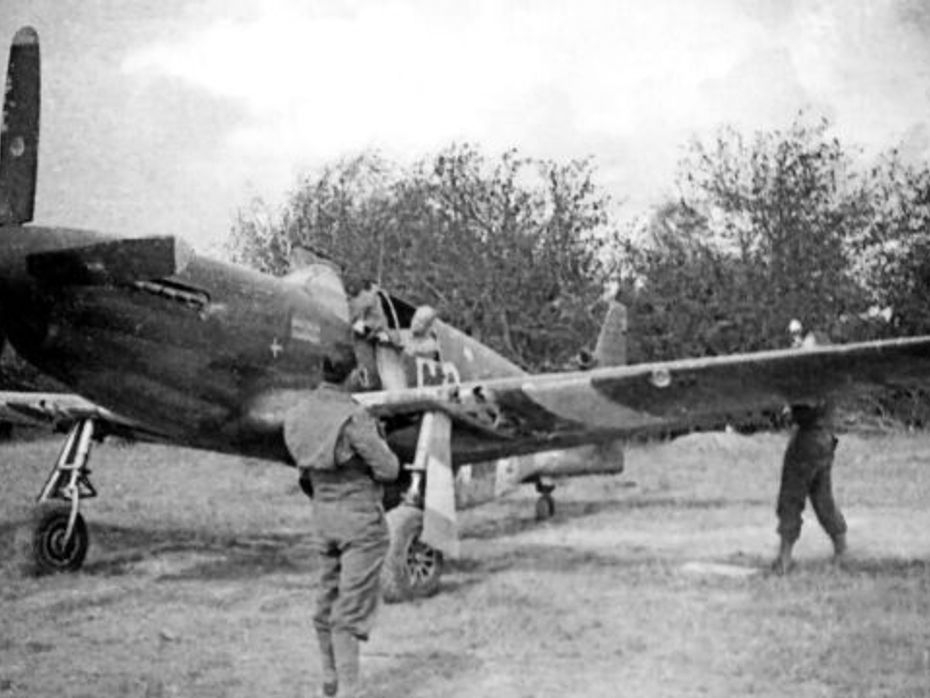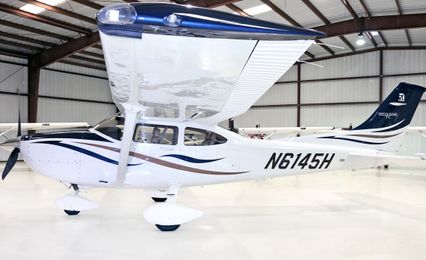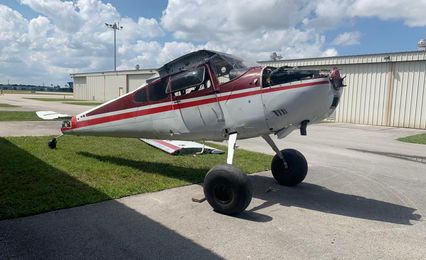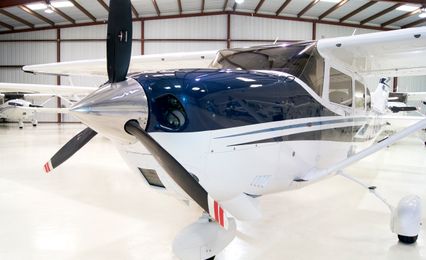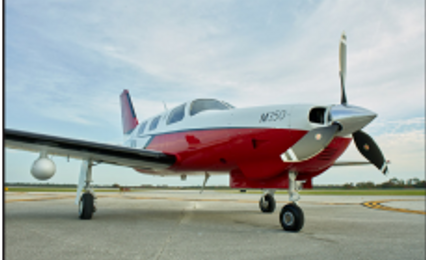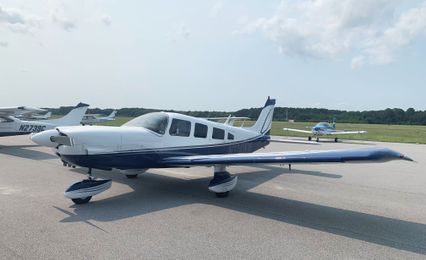We're sorry but this listing is no longer available
The listing has been sold, removed or deactivated. Please try browsing all listings
1943 NORTH AMERICAN TP-51C For Sale in United States
images 37
The P-51 was developed by North American starting in early 1940 to satisfy a British need for a long-range escort aircraft. The prototype first flew on October 26, 1940 and was designated NA-73X. Powered by an Allison V-1710-F3R - A rare dual-control razorback Mustang
The P-51 was developed by North American starting in early 1940 to satisfy a British need for a long-range escort aircraft. The prototype first flew on October 26, 1940 and was designated NA-73X. Powered by an Allison V-1710-F3R - A rare dual-control razorback Mustang
Details
- StatusFor Sale
- ConditionUsed
- Year1943
- MakeNORTH AMERICAN
- ModelTP-51C
- Reg #N251MX
- Serial #42-103293
- Airframe4747 hrs
- Special UseMilitary/Warbird, Taildragger
- LocationUnited States
- External URL
History
- A rare dual-control razorback Mustang
The P-51 was developed by North American starting in early 1940 to satisfy a British need for a long-range escort aircraft. The prototype first flew on October 26, 1940 and was designated NA-73X. Powered by an Allison V-1710-F3R, the British ordered 620 of the aircraft and designated them the Mustang I with them entering service in February 1942.
The USAAF evaluated two Mustang I’s that they designated XP-51’s and that evaluation evolved into the first order of the A-36A, a dive bomber variant of the type. When the USAAF replaced the 1,150 horsepower Allison V-1710-F3R with the uprated 1,200 horsepower Allison V-1710-81, the aircraft became the P-51A. There were 310 P-51A Mustangs built for the USAAF.
Throughout 1942 Rolls Royce and North American both tested versions of the P-51 with Merlin engines rather than the Allison engines that the early models were using. North American tested two aircraft designated XP-51B with the Packard-built Merlin V-1650-3 rated at 1,298 horsepower. The successful testing led to North American switching to the Packard built Merlin for all further P-51 production. Starting in 1943, North American started with production of 1,988 P-51Bs from its Inglewood, CA factory. They built an additional 1,750 aircraft from their Dallas, TX facility and designated them as P-51Cs. Starting with the P-51C-5 production block, North American switched to the more powerful Merlin V-1650-7 engine it was rated at 1595 horsepower.
This Mustang started life as P-51C 42-103293, built by North American at its factory in Dallas, TX. It was accepted by the U.S. Army Air Forces in March of 1944 and was transferred to the 370th Fighter Squadron based at RAF East Wretham in England in April 1944. It was written off on May 2, 1944 when pilot Capt. Carey H Brown Jr. crashed during a training flight. Major parts of the aircraft were taken to an RAF dump where they remained for nearly 50 years.
A Mustang Reborn:
After recovering the components of 42-103293 and other B/C models, noted warbird restorer John Muszala of Pacific Fighters in Idaho Falls, ID began an ambitious project in 2002 to return 42-103293 to flying condition as the first ever dual-control variant of the razorback model Mustang. While many war P-51B/C’s were modified by fighter squadrons as two-seat models for VIP transport and general hack duties during the war, none featured a second set of controls and the second seat was used for rides only. As a result, 42-103293 would be the first of its kind in the history of the model.
After a two-year restoration, the aircraft took its first flight in Idaho on May 5, 2004 – just three days past the 60th anniversary of its last flight in England. Now wearing the FAA Registration N251MX, the aircraft attended the 2004 EAA AirVenture Oshkosh in July and won the award for Best P-51 at the event. It was repainted in 2006 to represent “Betty Jane” – a P-51C flown by Col. Charles McCorkle in the 31st Fighter Group of the 15th Air Force during WWII.
A Mustang Worthy of a General:
In the summer of 1944, as Allied ground forces started to move from the French beachheads taken only a month before during the invasions of D-Day, commanders were beginning to plan advances that would take them deeper into the heart of Europe, taking the fight to the German homeland. Leading the effort was the Supreme Allied Commander, General Dwight D. Eisenhower.
Leadership of the 354th Fighter Group was informed on July 3, 1944 to assemble a group of four P-51 Mustangs for a very unique mission. Three of these aircraft would be newer, single pilot P-51D’s, but one, a weary older model P-51B would be an unarmed Mustang with a second seat installed.
This war-weary Mustang had been damaged in a ground loop earlier in the summer, but was rebuilt as a “squadron hack” for the group by mechanics. During this process, the fuselage fuel tank behind the pilot was removed and a second seat was installed in its place. The unique two seat Mustang was mainly used to demonstrate tactics to new pilots and to give rides to crew chiefs up in the unit as many similar hacks had done in other groups. But soon, it would have a much more important passenger aboard.
The next day, on July 4, 1944, General Eisenhower arrived at the forward airfield in Cricqueville-en-Bessin on the Normandy coast with General Elwood R. Quesada. The plan was to have Gen. Quesada fly the modified P-51B with Gen. Eisenhower as a passenger as they performed a reconnaissance flight of the Saint-Lo area with three other aircraft escorting. This mission would allow Eisenhower to personally see defenses and objectives of the next phase of the ground advance for himself. The plan was to carry out the flight under the guise of a routine patrol flight by the group with nothing said over the radio that would give the slightest indication this was a special flight or that such important personnel were involved.
The risk was high as the loss of Eisenhower would have dealt a crippling psychological blow to forces under his command. To make matters even riskier, Eisenhower would be flying without a parachute as the cramped passenger compartment had no room for it – but it wouldn’t have helped much as the access window of the second seat could only be opened from outside the aircraft on the ground. In essence, once aloft, Eisenhower was a captive inside with no way out.
The flight took off and with the exception of one P-51D returning to base with a faulty oil pressure gauge, it was a complete success. As General Eisenhower was assisted out of the aircraft, news photographers and film crews captured the wide grin on his face as he jumped off the wing.
“He was so pleased with the mission that he could hardly wait to get back to his planning staff and start the gears grinding” remarked Lt. Col. Richard Turner, commanding officer of the 356th FS.
After the one-of-a-kind mission, the crew chiefsof the squadron named the P-51B, “The Stars Look Down” and adorned it with nose art in honor of the Generals that made history in the aircraft on July 4th.
This was the first time in history that a ground forces general had personally reconnoitered the terrain of a planned battle operation from a fighter aircraft in the presence of the enemy. As a result of the flight, an operation which became known as “the breakthrough at Saint-Lo” took place at the end of July 1944 where the Third Army under the command of General George S. Patton made dramatic gains on enemy territory.
And the humble Mustang named “The Stars Look Down” played a starring role in making it happen.
A Good-As-New Mustang:
After a five year restoration at American Aero Services in New Smyrna Beach, FL under the care of Ashley Ezell, “The Stars Look Down” has emerged as a factory-fresh, dual-control TP-51C Mustang… an aircraft that is singularly unique amongst others.
Unlike the original hack, the newly restored TP-51C Mustang “The Stars Look Down” has a fully functional second cockpit behind the pilot with a full instrument panel and a canopy that can be opened by the second pilot from inside the aircraft. And unlike the original aircraft that Eisenhower flew in, this P-51C is in factory fresh condition, complete with period-correct instrumentation and controls.
Firewall forward, you will find both a zero-time Packard Rolls Royce Merlin V-1650-7 (s/n V-335430) rebuilt by Roush Aviation including their exclusive Roush FAA/PMA new components for long-term reliability and performance. The Hamilton Standard propeller was overhauled to zero-time by Maxwell Propeller. All internal hydraulic and electrical systems as well as landing gear have been overhauled to factory fresh condition as well.
- Packard V-650-7 w 500 series Heads and Banks
- 0 Hrs. SMOH by Roush Aviation
- Hamilton Standard 24D50 with Cuff Blades
- 0 Hrs. SPOH by Maxwell Propeller
- 4747.9 Hrs. TTSN
- 0 Hrs. Since restoration by American Aero Services/Ashley Ezell
- Trig TY91 VHF Comm
- Trig TT21 Mode S – ADS-B Transponder
- PM1200 Intercom
